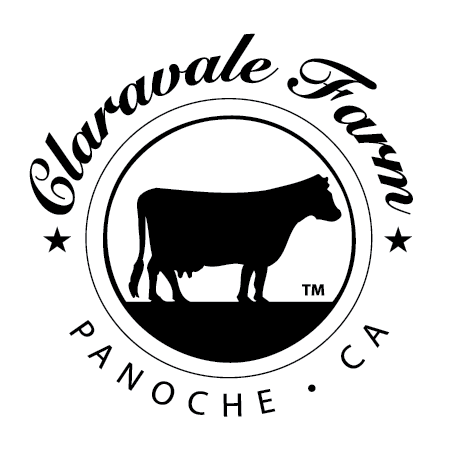FAQ
Why should I drink raw milk?

It tastes great! We believe that even if you knew how good it was for you, you still wouldn't drink it if it didn't taste good.
It's nutritious! Raw milk is unique in that it is the only significant source of a complete food in our diet that is not processed in some form before being eaten.* For instance, the enzymes are all available, whereas in pasteurized milk, less than 10% remain. What this means, is that your body can more readily utilize all of the nutrition that is available in this milk. That's good for you, and it's great for your kids! The protein is 100% available, all 22 amino acids, including 8 that are essential. All 18 fatty acids are metabolically available. These are altered by heat in the pasteurization process. Vitamins are all 100% available, and in pasteurized milk they are significantly altered. Minerals are all 100% metabolically available. Calcium is altered by the heat of pasteurization and the loss can be as much as 50% or more.
How long will raw milk last?
About two weeks. Raw milk is a highly perishable food. This doesn't necessarily mean that it will sour quickly (although it may, depending on what bacteria are present), but that it changes and degrades quickly. Even if it doesn't sour, after a couple of weeks the cream will become very thick and won't mix back with the nonfat, the vitamins and enzymes will degrade, it will change consistency and flavor. Raw milk is best when consumed within the first week but will last about two weeks. At Claravale we put an approximate one week "Purchase By" date on the bottle, which means you have about one week after the date on the bottle to drink it.
Is raw milk dangerous?
Claravale Farm is licensed by the State of California to produce raw milk and we are regularly inspected by the California Department of Food and Agriculture for milk quality, cleanliness and pathogens. Our partnership with the State really helps to produce a clean, quality and healthy product.
No food is 100% safe. Raw milk is no more or less dangerous than other unprocessed foods. The potential pathogens that may occur in raw milk are the same as those which can occur in other foods such as produce, meat, fish, and pasteurized and processed dairy products.
What about raw goat milk?
Raw goat milk is known to be nutrient-rich, easily digestible, and well tolerated even by those with lactose intolerance. In fact, we often get feedback from customers with lactose intolerance that thrive on Claravale's raw milk, but suffer when drinking store-bought pasteurized milk. It contains digestive aids known as oligosaccharides which act as a prebiotic in the intestine, feeding the healthy bacteria and suppressing the bad. Additionally, these prebiotics have anti- inflammatory properties. Some studies have even determined that the minerals found in goat milk are far better absorbed and utilized by the body than the same minerals contained in cow milk. Thus nutritional deficiencies such as anemia and bone demineralization respond positively to the addition of RAW goat milk to the diet.
It is important to remember that raw goat’s milk does not contain folic acid, an essential B vitamin. It is also deficient in B-12. Beyond all this, raw goat milk has been found to be effective in stimulating the release of nitric oxide in vitro, as well as supplying a good source of medium-chain fatty acids. These qualities are important as they act to keep arteries working properly, and triglyceride and cholesterol levels in check.

